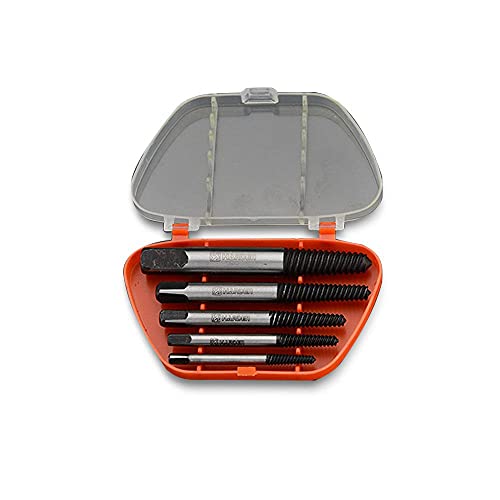Barren Realms 007
In Remembrance
lazersteve said:mic said:Steve I understand your view on the subject,but when dealing with escrap,its not so easy to just calculate how much nitric it will take,unlike jewelry.And I always use the "small doses" method to keep the excess to an absolute minimum.In fact you are the one that taught me that method a looooong time ago.
The urea I purchase costs $44 for 50 pounds.I have used maybe 10 pounds in over 2 years,so it is a cost that I am ok with.Barren had 5 gallons given to him for free from his local hardware store.
The bulk of the scrap I process is e-scrap. When properly administered the 'small doses' trick works to get your scrap dissolved with out any appreciable excess nitric acid. There is no need to calculate the required amount of acid. That said, it doesn't hurt to keep track of how much nitric/nitrates you use for the various types of scrap you dissolve for future reference. Good lab notes are a must.
If you are finding you need to add urea, then you are not driving your reaction to use up the nitric acid added in one dose prior to adding the next dose. Be sure to drive the reaction until the red fumes are no longer being generated by the reaction before adding more nitric.
When the added nitric (or nitrate if using poor man's recipes) no longer produces fizzing be sure to add a little extra HCl (if making AR) to drive off the last of the nitric that may be present. If you are dissolving just the base metals with nitric acid, the last dose is reached when all of the gold foils move freely around the beaker when it is swirled.
Try to gauge the additions of your nitric to the quantity of red-brown fumes being produced so that you fully dissolve the target metal with the correct sized dose of acid. In other words: reduce the size of your nitric additions as the amount of undissolved material decreases in the reaction, such that the activity of the brown fumes and fizzing ceasing coincides with the last of the target metal being dissolved. This is the key observation to make for eliminating urea in your process when making AR.
Doing the the reactions this way will ensure you do not have an excess of nitric acid in the final solution. You can add dry SMB directly to the ice cold filtered solution and recover your gold without any calculations or urea.
Just because urea is free or cheap is not a good enough reason to add it to your reaction in my opinion. I can get dirt for free from my back yard, but I don't add it to my reactions.BR007 said:It was a local farm fertalizer company. I offered to buy it but they told me to just go ahead and get some they didn't care. I went back a couple of weeks ago to get some more but they hadn't recieved any for the spring yet so I went to a different place and met a friend that I hadn't seen in 10 yrs. I got another 5 gals for free and was told to come back any time I wanted and it was free. 8)
No need to guess when the solution is saturated with base metals. Simply continue to use the nitrate additions until the hot solution forms solid colored (blue-green) salts or turns pitch brown-black like ink. If the solution is forming salts when hot, it's definitely saturated and you can cool the reaction, replace the saturated solution with a fresh dose of water and HCl and begin your next additions of nitric acid or nitrate.BR007 said:When you think your first bucket is saturated with base metals you can add some HCL and heat up the solution and let any gold settle or if the solution test positive drop your gold after filtering the iced down solution.
The key with poor-man's AR is to keep enough free HCl and water in the mix to keep the nitrate converting and to keep the temperature at the minimum threshold to drive the reaction. You will start to dissolve gold if the temperature is run up too high. A sign of this condition is when you see a thick colored foam form on top of the solution. You want to consistently see small bubbles fizzing up from the metal portions of the scrap, not a head of foam on the solution during the reaction. You should see gold foils and legs floating in the solution and possibly some brown powder and salts/debris along the bottom. It is all about patience and observation of the reaction conditions.
One last note about urea. I have seen a lot members lately referencing using urea in any reaction involving nitric acid. Do not use urea when dissolving silver and PGMs with nitric for any reason what so ever.
Steve
Thanks Steve
I'm getting there. I am running in 5 gal bucket's running 25-35 lbs of chips at a time and slowly getting the kinks worked out on any additions. And I do add water to my mix I forgot to mention that.













































